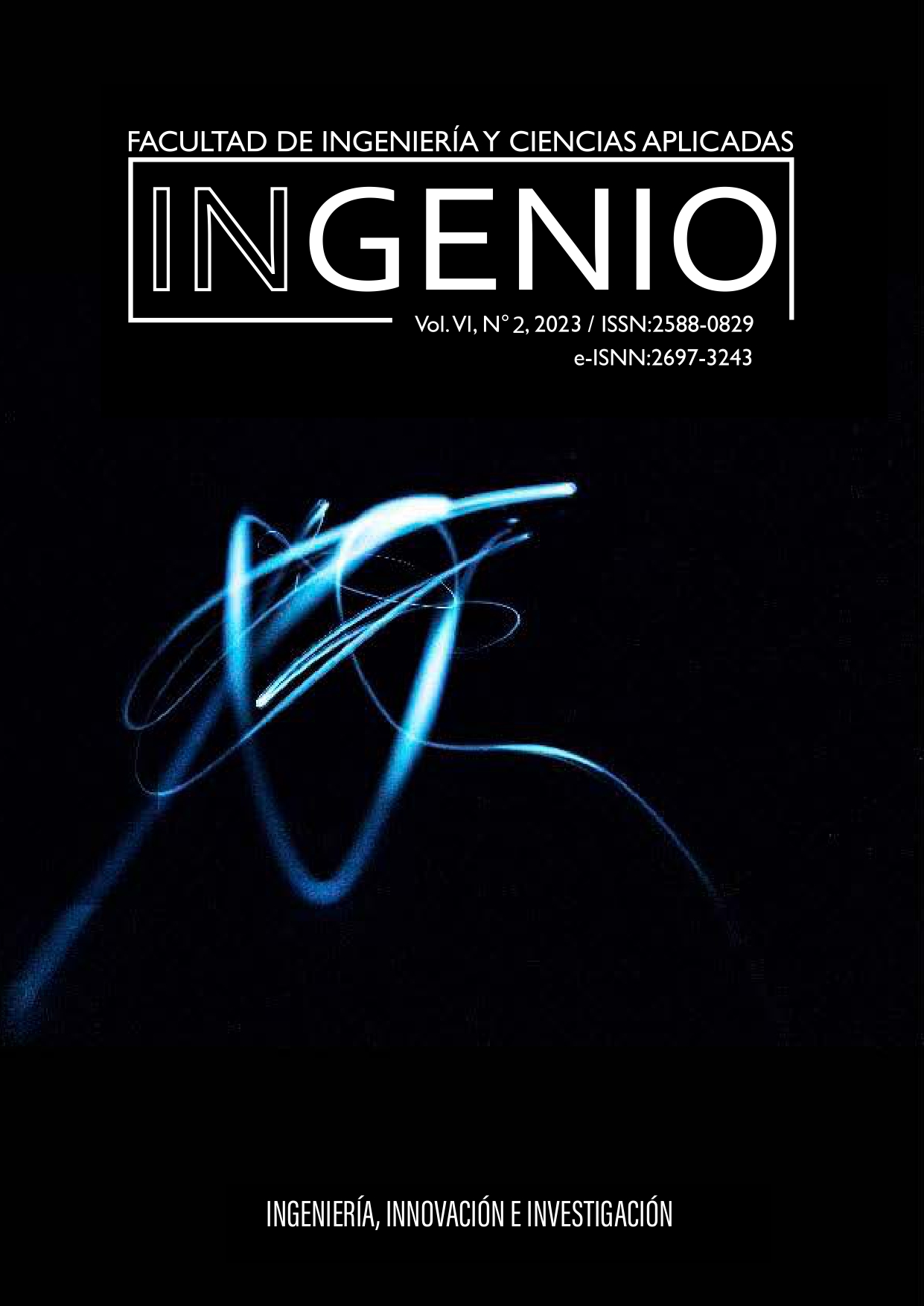Fortalecimiento Lingüístico Fonológico Perceptivo a niños con TDAH Mediante el Uso de Realidad Aumentada (RA)
Contenido principal del artículo
Resumen
En este artículo se presenta un estudio sobre el fortalecimiento lingüístico fonológico perceptivo en niños con Trastorno por Déficit de Atención e Hiperactividad (TDAH) mediante el uso de realidad aumentada (RA), por lo que se busca evaluar la efectividad de la RA en el desarrollo de habilidades lingüísticas y de atención en estos niños. Los resultados indican que la RA puede ser una herramienta efectiva para mejorar la capacidad de los niños con TDAH para procesar información lingüística y mejorar su capacidad de atención. Además, se encontró que la RA es una forma motivadora y atractiva para los niños, lo que contribuye a un aprendizaje más efectivo y duradero. En general, este estudio sugiere que la RA es una herramienta valiosa para el fortalecimiento académico en niños con TDAH.
Descargas
Métricas
Detalles del artículo

Esta obra está bajo una licencia internacional Creative Commons Atribución-NoComercial-SinDerivadas 4.0.
Citas
Bimber, O., & Raskar, R. (2013). Spatial augmented reality: Merging real and virtual worlds. CRC Press.
MarketsandMarkets. (2019). Augmented Reality and Virtual Reality Market by Offering, Device Type, Application, and Geography - Global Forecast to 2024. Recuperado de https://www.marketsandmarkets.com/Market-Reports/augmented-reality-virtual-reality-market-1185.html
AR Insider. (2019). AR Advertising Spend Projected to Hit $2.6 Billion by 2022. Recuperado de https://arinsider.co/2019/05/07/ar
Dunleavy, M., Dede, C., & Mitchell, R. (2009). Affordances and limitations of immersive participatory augmented reality simulations for teaching and learning. Journal of Educational Technology & Society, 12(2), 63-73.
Pajares, G., López, J. A., & Ruiz, I. (2018). The impact of augmented reality technology on the teaching of physics in secondary education. International Journal of Engineering Education, 34(4), 1205-1211.
García-Valcárcel Muñoz-Repiso, A. (2019). The use of augmented reality in higher education: A study of the anatomy learning experience. Telematics and Informatics, 36, 63-71.
Wang, X., Yu, C., Wu, J., Chen, W., & Zhao, W. (2018). The Effectiveness of Augmented Reality in Anatomy Education: A Systematic Review and Meta-Analysis. Advances in Anatomy, Embryology, and Cell Biology, 238, 85-96.
Barba-López, C., Torrecilla-Sánchez, E. M., & Peral-Peral, B. (2019). Augmented reality in history: An innovative approach to teaching and learning. Education and Information Technologies, 24(5), 2795-2809.
Vizcarro, C., Rosales, J., Ayuga, F., & Andueza, J. (2020). Augmented reality in design education: A case study of industrial design courses. Journal of Engineering Education, 109(1), 108-120.
Fuentes-Ferrer, M. E., Gómez-López, M., & Sánchez-Ortiz, A. (2017). Effectiveness of an augmented reality system in attention and academic performance of children with ADHD. PloS one, 12(5), e0176970.
Fuentes-Ferrer, M. E., Gómez-López, M., & Sánchez-Ortiz, A. (2018). An augmented reality system to improve academic performance and motivation of children with intellectual disability. Journal of Educational Technology & Society, 21(4), 116-128.
DuPaul, G. J., & Stoner, G. (2003). ADHD in the Schools: Assessment and Intervention Strategies (2nd ed.). New York, NY: Guilford Press.
Anderson, V., Northam, E., & Howells-Smith, H. (2007). Interventions for Attention Deficit Hyperactivity Disorder (ADHD). Cochrane Database of Systematic Reviews, 4.
The Effect of Augmented Reality on Attention and Linguistic Comprehension in Children with ADHD: A Pilot Study" publicado en "Journal of Attention Disorders
González-González, C. S., Guerrero, J. M., Contreras, D., & Pino, M. J. (2018). Impacto de la realidad aumentada en la atención y el rendimiento escolar de estudiantes con TDAH. Educación XX1, 21(1), 329-349.
Peñafiel, J. Limbert, O. (2018) Tutor inteligente en android para la enseñanza de la interpretación musical en zampoña para niños de 8 a 12 años, 18-23.





